Heart Sounds and Murmurs
Heart Sounds and Murmurs
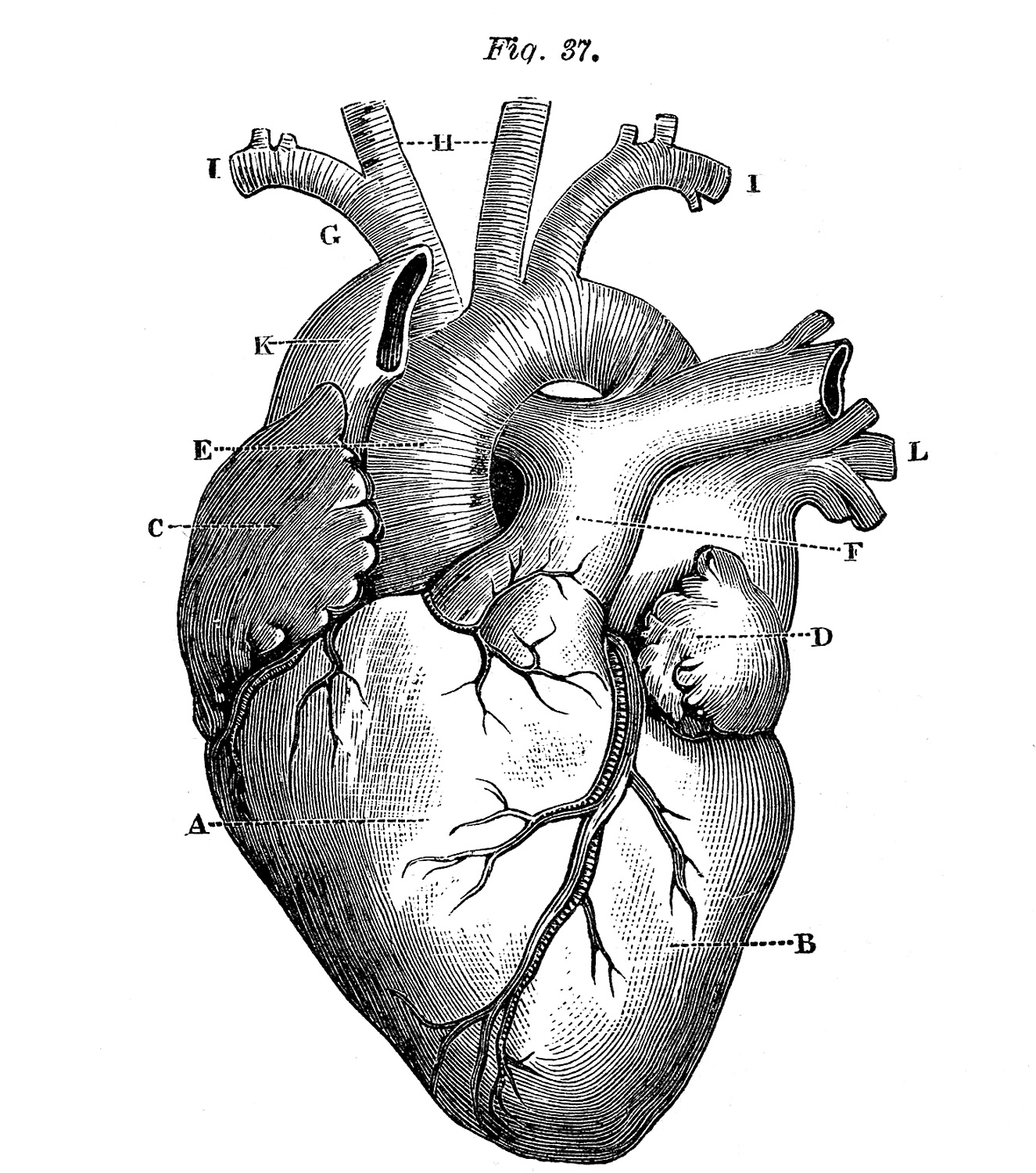
Heart Sounds
S1
- Mitral Valve Closing
- Loudest at: Mitral area

S2
- Aortic Valve Closing
- Loudest at: Left upper sternal border

S3 (Ventricular Gallop)
- Occurs in: Early diastole during rapid ventricular filling phase
- Associated with: Increased filling pressures (e.g., mitral regurgitation, heart failure) and more common in dilated ventricles.
- Normal: In children and young adults
- Pathological: In older adults, especially in the presence of heart disease
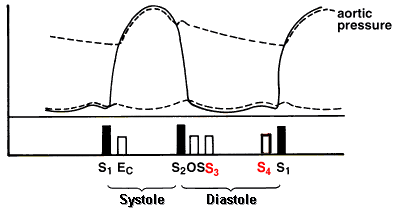
S4 (Atrial Gallop)
- Occurs in: Late diastole ("atrial kick")
- Best Heard At: Apex with patient in left lateral decubitus position
- Associated with: High atrial pressure and ventricular noncompliance (e.g., hypertrophy). It is always considered abnormal.
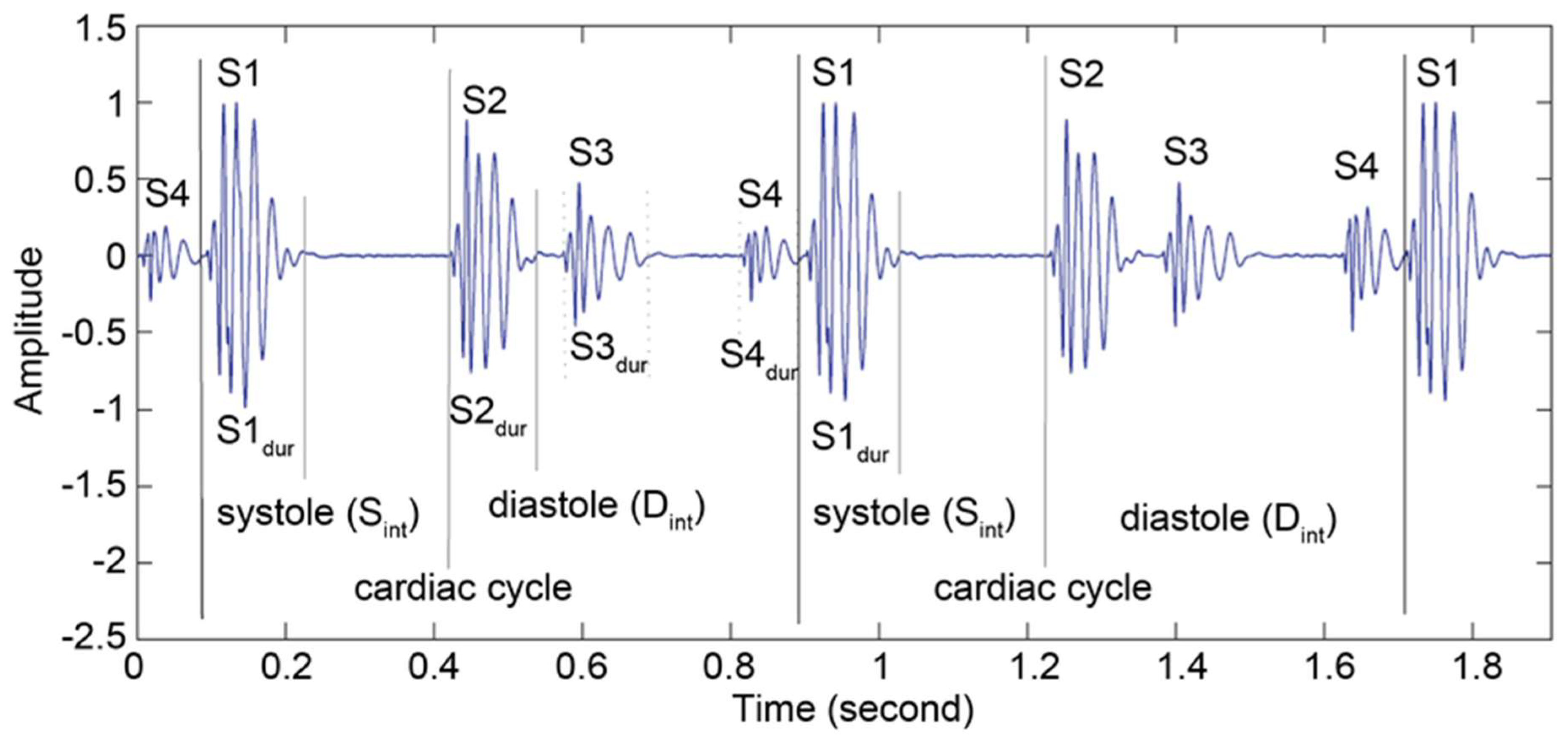
Heart Murmurs
Murmurs Overview: - Part of physical examinations providing crucial clues for underlying conditions. - Important in pathophysiology/physiology questions. - Commonly tested in examinations and virtual patient scenarios. - High discrimination index, essential for deeper understanding. - Ensure audio/headphone functionality prior to assessments.
Systolic Murmurs
- Normal: Aortic open, mitral closed.
- Abnormal: Aortic stenosis, mitral regurgitation.

Diastolic Murmurs
- Normal: Aortic closed, mitral open.
- Abnormal: Aortic regurgitation, mitral stenosis.
Valve Issues:
- Stenosis: Valve not opening properly, leading to reduced forward flow.
- Regurgitation: Valve not closing properly, causing backflow.
Locations and Types of Murmurs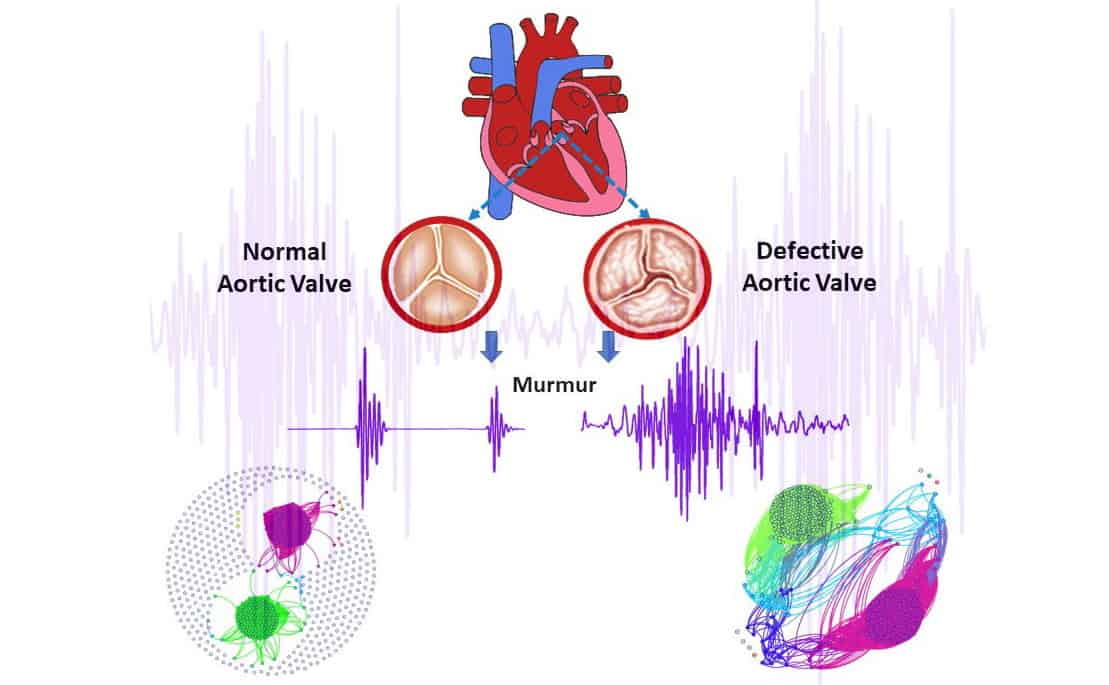
Aortic Area
- Systolic Murmur: Aortic stenosis, flow murmur (e.g., physiologic murmur), aortic valve sclerosis.

Pulmonic Area
- Systolic Ejection Murmur: Pulmonic stenosis, flow murmur (e.g., PDA).

Tricuspid Area
- Holosystolic Murmur: Tricuspid regurgitation, ventricular septal defect.
- Diastolic Murmur: Tricuspid stenosis, atrial septal defect (ASD).
Mitral Area (Apex)
- Holosystolic Murmur: Mitral regurgitation.
- Systolic Murmur: Mitral valve prolapse.
- Diastolic Murmur: Mitral stenosis.
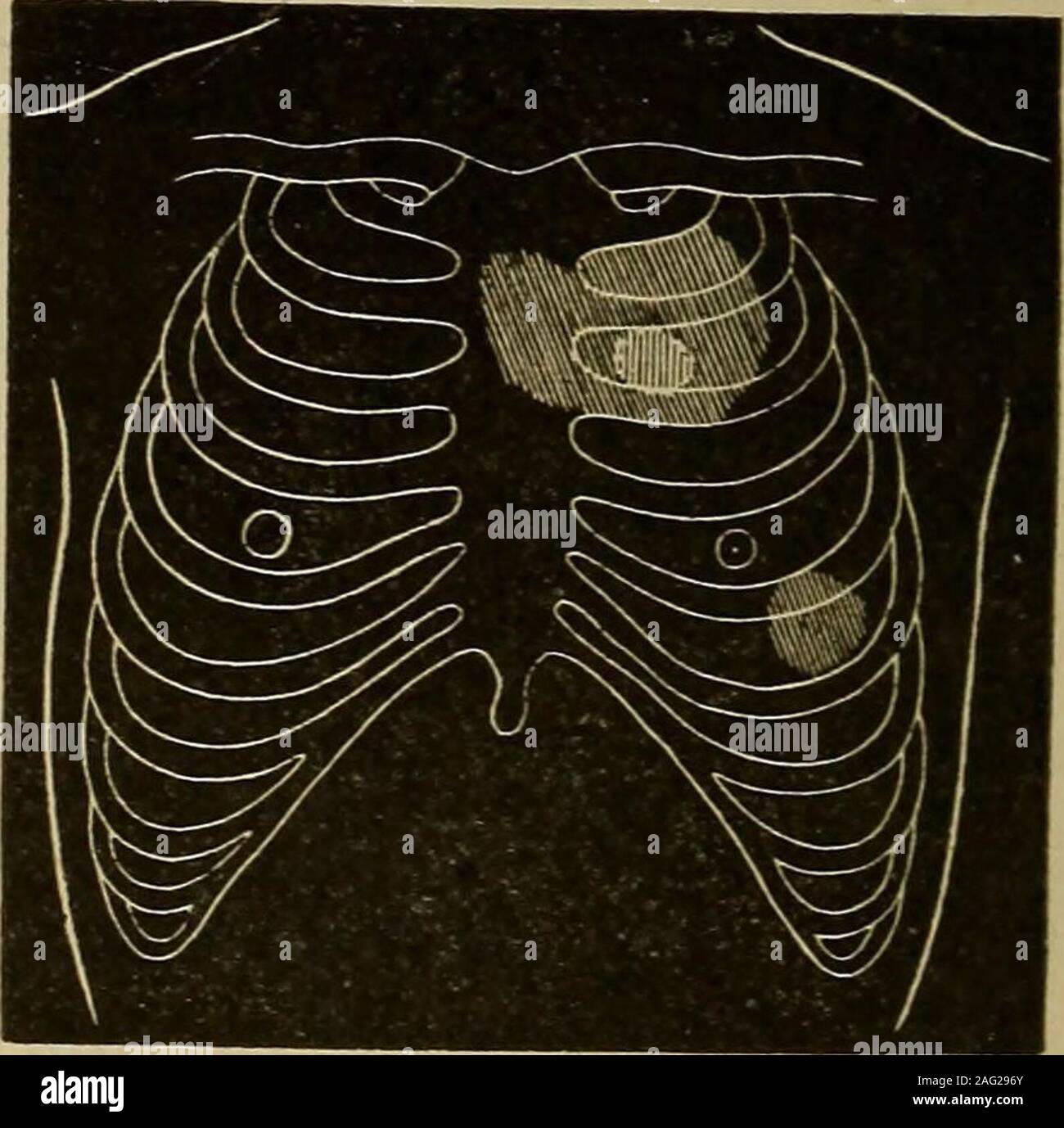
Extra Heart Sounds: S3 and S4
S3- Ventricular gallop.
- Associated with: Dilated ventricles – conditions include dilated cardiomyopathy and heart failure.
- Atrial gallop.
- Associated with: Hypertrophic or infiltrated ventricles – seen in hypertrophic cardiomyopathy and restrictive cardiomyopathy.
Murmur Effects and Maneuvers
Basic Maneuvers- Inspiration: Increases the intensity of right heart sounds.
- Hand Grip: Increases afterload, intensifies MR, AR, and VSD murmurs, decreases hypertrophic cardiomyopathy and AS murmurs.
- Valsalva Maneuver (phase II), Standing: Decreases preload, intensifies hypertrophic cardiomyopathy murmur, and decreases most murmurs including AS.
- Rapid Squatting: Increases venous return, preload, and afterload, intensifies AS, MR, and VSD murmurs, and reduces hypertrophic cardiomyopathy murmur.
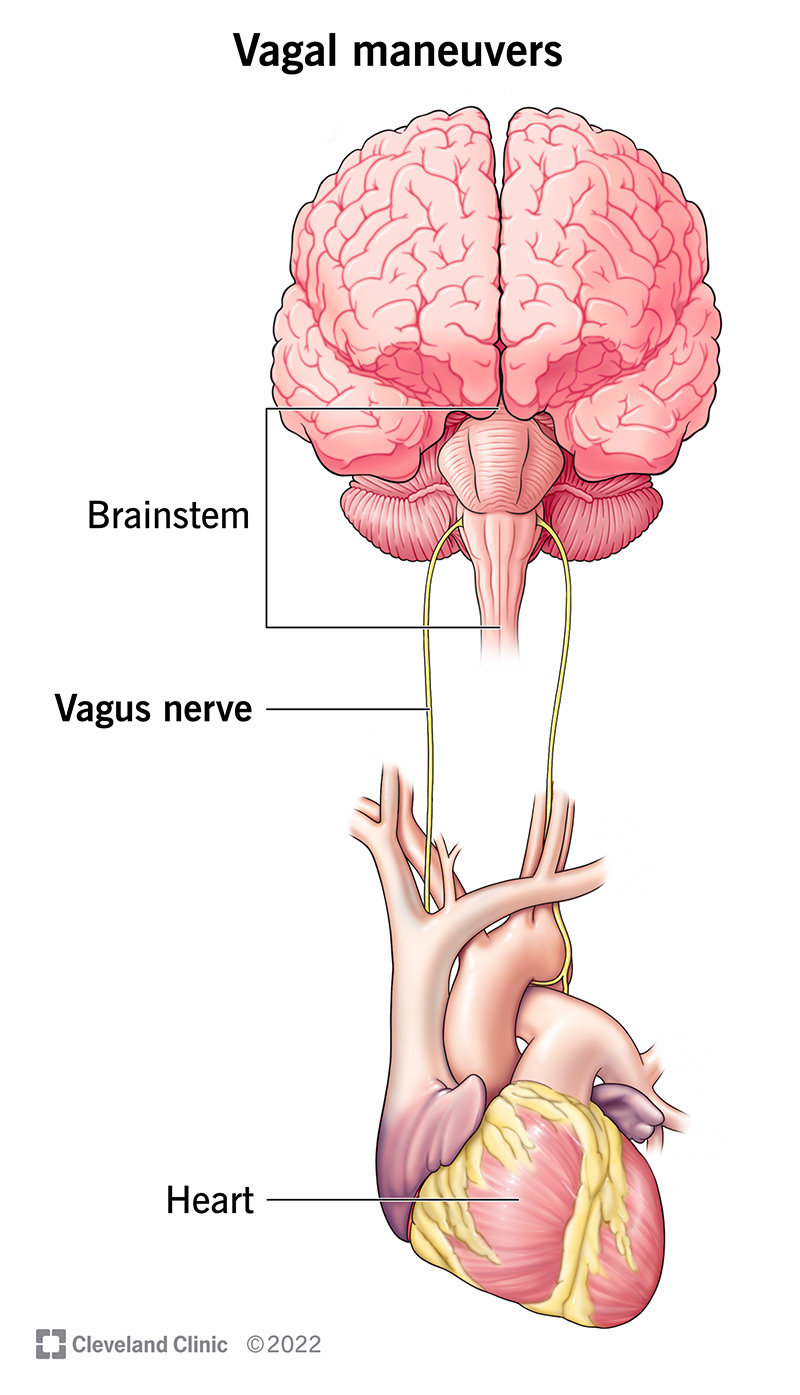 ...
...